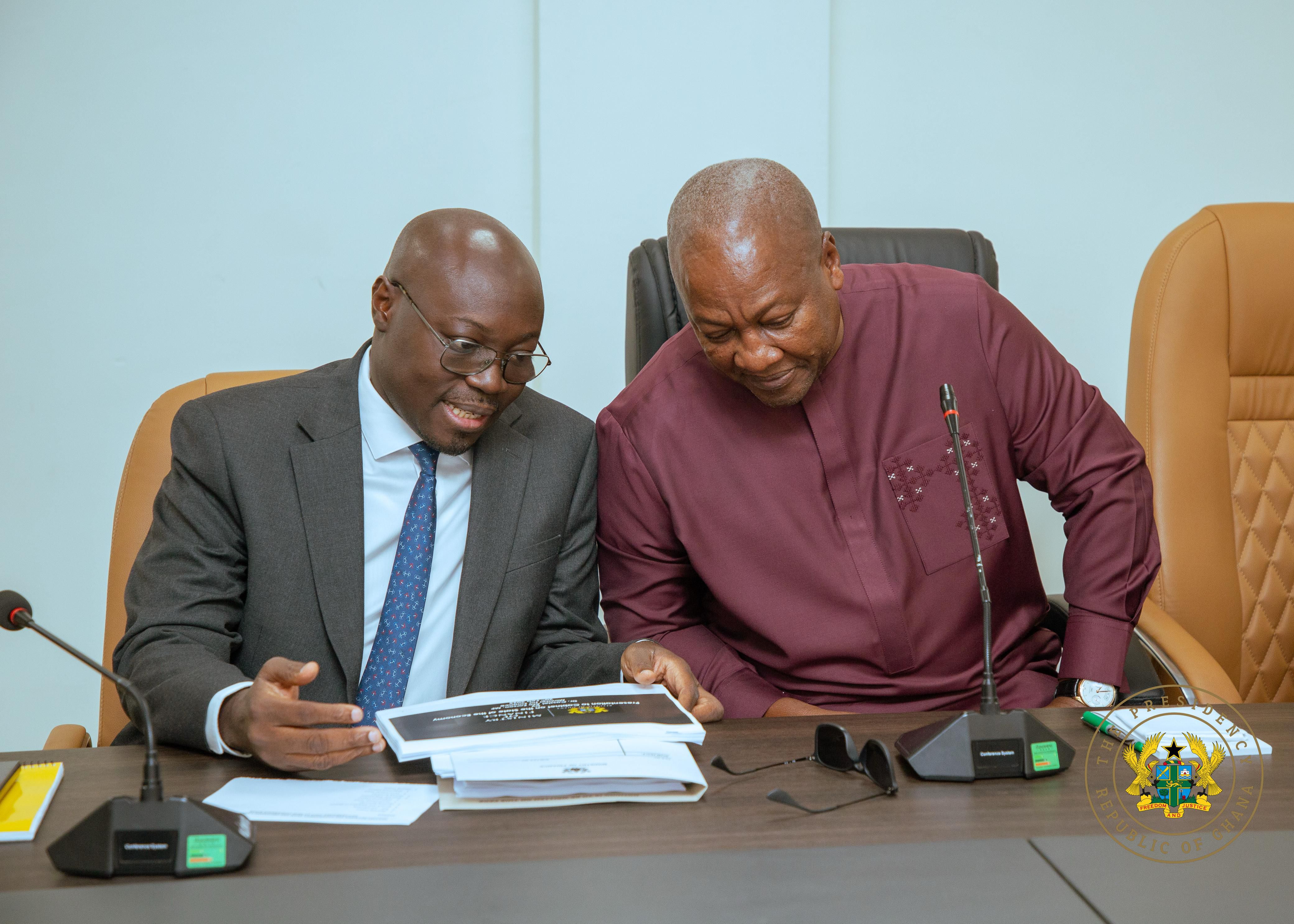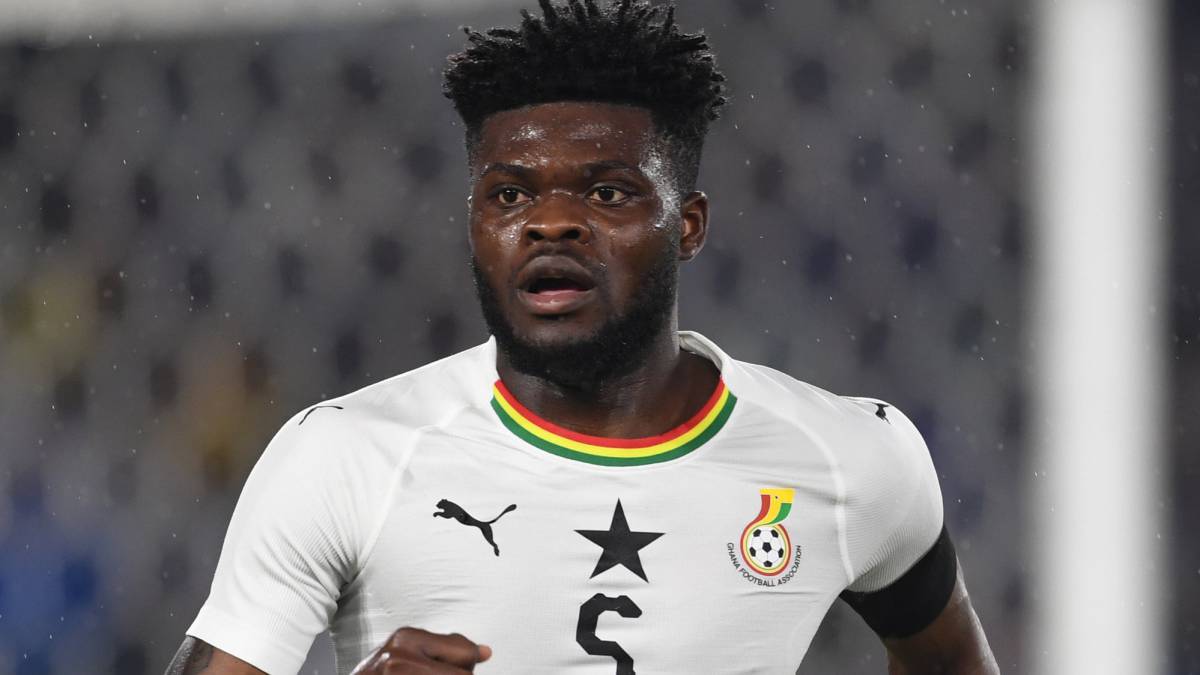
It is quite bizarre, especially since the turn of the century, for an African player to idolize Paul McGrath.
McGrath is not a household name, particularly in our part of the world (Africa). But what if I told you deep in the heart of Dansoman, a suburb of Ghana’s capital city, Accra, there was a young lad who idolized the relatively unknown McGrath?
McGrath played for Aston Villa and Manchester United, but it was at the former that the center-back, who could be deployed as a defensive midfielder, earned his famous moniker, ‘god’.
A young Michael Essien, completely new to the game and learning how to lace his boots on the dusty parks of Dansoman, grew fond of McGrath while watching Aston Villa play.
Due to his father, James Essien, being a staunch Villa fan, Michael was caught up watching Villa games, picking a thing or two from McGrath.
Essien will pick up his boots, make his way to the training pitches, and try to replicate what he had seen on television. Although his skills were unable to come off all the time, Essien was unperturbed, ever willing to improve and add to his game.
His resilient nature, which would later form a huge part of his career, saw him go on to make a significant leap to one of the revered local clubs in Dansoman at the time, Liberty Professionals.
It was at Liberty Professionals that Essien learned how to cut his teeth before the turn of the millennium.

Liberty provided the perfect foundation for Michael, who went on to leave the world swooning over him with remarkable performances in the U-17 World Cup in 1999.
The U-17 Championship in 1999, where Ghana placed third, saw Essien play a fundamental role in midfield alongside Stephen Appiah.
It was that tournament that paved the way for Micahel, as European teams were put on notice by the young midfielder’s talent.
Manchester United reacted quickest to try and snap up the young prospect, offering him a contract.
However, despite United’s best attempts, Essien was unable to obtain a work permit in the United Kingdom at the time, leaving the door open for him to move to Belgian side Royal Antwerp.
Despite the genuine interest from Antwerp, Essien’s mother, Aba Gyandoh, who had watched his son from secondary school days at St. Augustine’s College, terriorize Mfantsipim School, Adisadel College, and scared the life out of opponents, opted against it, preferring France instead.
Just as he had been adhering throughout his career, the young Essien heeded his mother’s advice as his move to France arrived in July 2000.
Moving to Europe presented a whole new challenge—more so, joining Bastia, who were in the first division and wanted to secure mid-table finishes in the French top flight.

Essien had to wait till September 30 until he got his opportunity to play; he replaced captain Laurent Casanova.
The midfielder experienced a lot of positional changes, being deployed across the backline as Bastia sought his best position.
He made a mere 13 appearances in his first season, but it was in his second season that he began to flourish, playing in central midfield.
The Ghanaian made the position his own with relative ease in the 2002-03 season after steadily growing into the role the previous season.
Essien had put up convincing performances, which included scoring seven league goals, leaving French clubs queueing up for his signature.
It was a two-horse race between Lyon and Paris Saint-Germain, with PSG offering the highest bid, but the player decided against the move, choosing the then two-time Ligue 1 champions Lyon as his destination.
At Lyon, Juninho was the playmaker running the show with his mesmerizing skills, while Essien mopped up defensively and popped up with some crucial goals from time to time.
Essien needed just five minutes on his league debut to win over fans who doubted his signing with a well-taken goal for Lyon against Auxerre en route to his first piece of silverware for the club.

Lyon fans were left singing Essien’s name deep in the night on the streets of Gerland and beyond. Those chants and deep night songs were on the lips of the fans once more as he bagged his first league goal in a 3-1 victory over Monaco.
His first season with Lyon ended with Essien scoring three goals and making 34 league appearances as Lyon won their third successive league title.
In his last season at Lyon, he was named the Footballer of the Year by France’s National Union of Professional Footballers (UNFP) plus Ligue 1 Player of the Year, as his three goals helped the club secure a fourth consecutive league title.
Not only was Essien recognized in France. In 2005, Essien was included in the shortlist of the World Player of the Year, where he placed 22nd.
The next stop in Essien’s remarkable career came in London, where Chelsea’s boss at the time, Jose Mourinho, had the midfielder high up his wishlist.
After a brewing transfer saga, Chelsea made Essien their most expensive signing, paying £24.4 million to Lyon, surpassing what they had paid for Drogba a season prior.

With the price tag came the mounting pressure to deliver, which at that point had become an expectation and a reality for the tenacious midfielder.
Essien racked up 31 domestic league games under his belt as well as 11 cup appearances as he settled in quickly at Chelsea.
The midfielder’s first major injury setback occurred in 2006, when he was sidelined for three weeks after West Ham’s Nigel Cooker fouled him.
His maiden season in England ended with two goals and a 22nd-place finish in the World Player of the Year award. This was followed up by a Ballon d’Or nomination and a third-place finish in the African Footballer of the Year award.
At this time, he had become Chelsea’s heartbeat, winning the Goal of the Season and becoming the first-ever African to win the Chelsea Player of the Year award.
In October 2007, he was nominated for the Ballon d’Or, in addition to the FIFA World Player of the Year and African Best Player of the Year, where he finished as runner-up.

Essien’s glittering career, which saw him win two Ligue 1 titles, two Premier League crowns, four FA Cup titles, a League Cup, and the 2012 Uefa Champions League, was not without blemish.
The midfielder had his fair share of criticism and injury problems throughout his career, as well as Ghanaians questioning his commitment to the Black Stars.
For the national side, Essien made his debut in 2002, with the highest point in his career coming in the 2008 Africa Cup of Nations (AFCON) played on home soil.
However, two knee injuries affected his output for the national team. On September 5, 2008, Essien ruptured his anterior cruciate ligament while playing a World Cup qualifying game for Ghana.
He suffered a similar injury in the lead-up to the 2010 World Cup and was ruled out of the tournament.
This in turn led to the player announcing his temporary retirement from Ghana to focus on his career with Chelsea.
But throughout Essien’s career, what were the major lessons learned?
Patience
From Dansoman right through to Stamford Bridge, Michael was never in a haste despite being so talented.
He waited for his time and rose through the ranks until he got to stardom at Chelsea.
Resilience
Despite suffering two knee injuries, Michael did not relent and rather fought through the obstacles to get back up to speed.
Any other player would have easily crumbled, and their career might as well have gone south, but not Essien.
Respect
Essien heeded the advice of his mother every step of the way. When the opportunity came to join Royal Antwerp, he declined and rather opted for his mother’s advice of moving to France.
Hardworking
Essien was the ultimate team player, leaving his all on the pitch, irrespective of the position played. In his early days, he was made to play in the back four at Bastia before moving into midfield.
All this showcased his work ethic and ability to do a job for the team.
Humility
In his early years at St. Augustine’s College, Essien showed potential as a world-beater, but he was grounded with his eyes firmly fixed on the goal of making it as a professional player.
Essien took it a step at a time and never allowed the applause and praise of admirers to take over his work.
From watching ‘god’ play to tearing it apart in Europe’s major competitions, Michael will forever be a respectable name and an idol to upcoming Ghanaian talents.
The post From Dansoman to Stamford Bridge: Five things learned from Michael Essien’s career first appeared on 3News.
Read Full Story






















Facebook
Twitter
Pinterest
Instagram
Google+
YouTube
LinkedIn
RSS